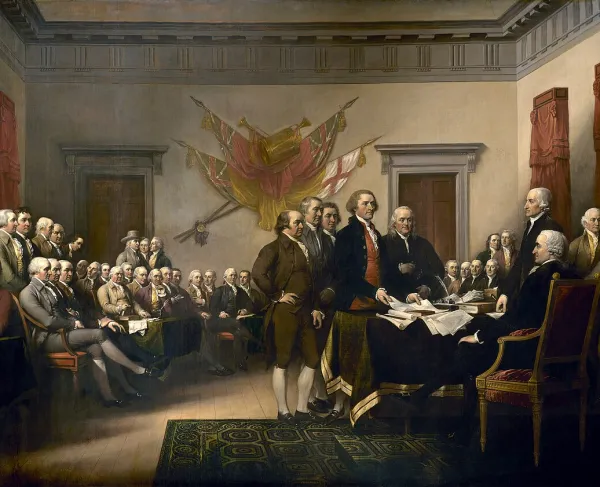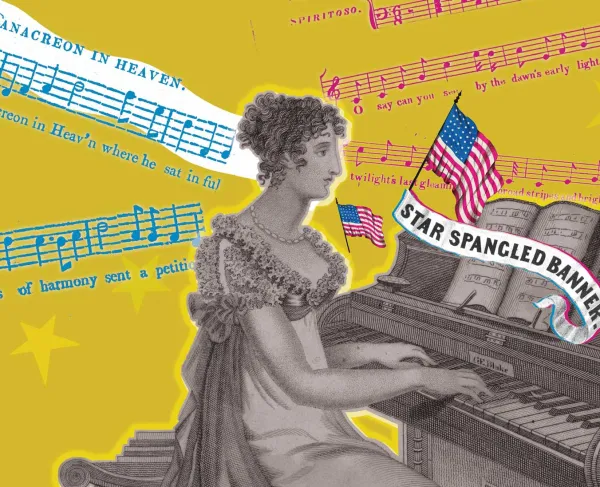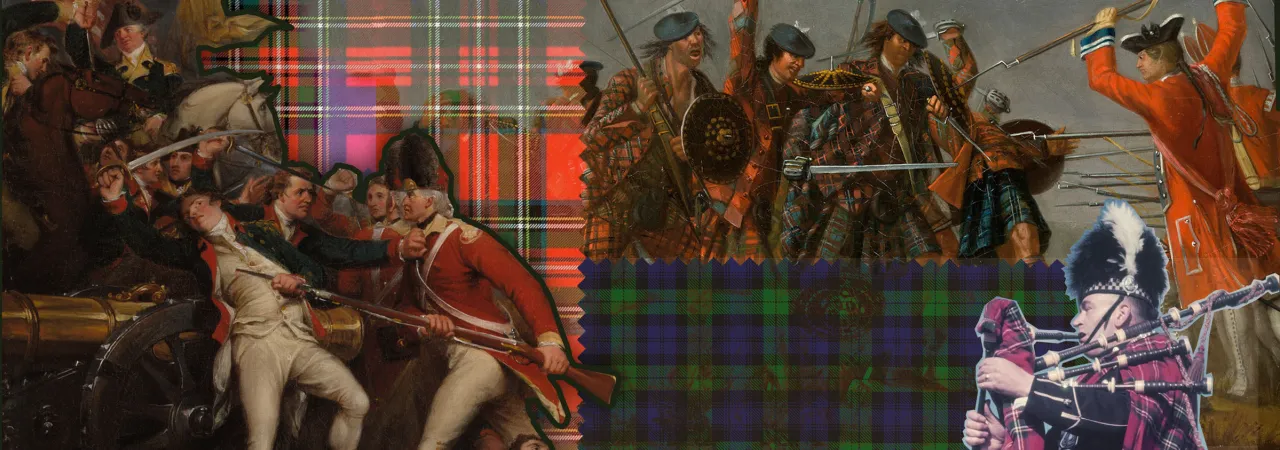
What did Captain John Paul Jones, General Hugh Mercer and Declaration signers James Wilson and John Witherspoon have in common? If your answer included “a dedication to the Patriot cause” or “Scotsmen,” both are true. But there is so much more than these few figures that bind the land of bagpipes, tartan kilts, haggis and the Loch Ness Monster to the origin story of the United States.
Did you know that the 1320 Scottish Declaration of Independence — also known as the Declaration of Arbroath — lent great influence to the 1776 Declaration of Independence?
Dated April 6, 1320, and addressed to Pope John XXII, the Scottish iteration asserted Scotland’s right to independence from England and named Robert the Bruce as the country’s true king. It was sealed by eight earls and about 40 barons of Scotland, who opposed tyranny, demanded liberty, emphasized life-binding loyalty and expressed a desire to be free of English rule... which all sounds pretty familiar. It also seems fitting that a great many signers of the U.S. declaration were of Scottish descent.
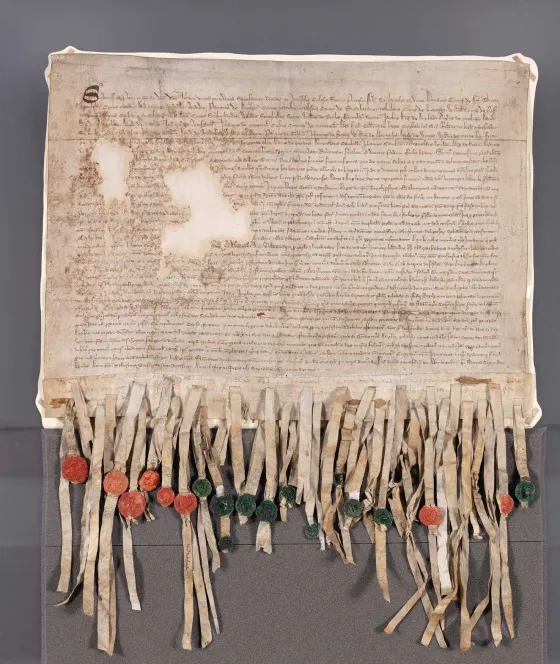
In the 1980s, Scottish heritage groups throughout the U.S. and Canada took up the date that marked the signing of the Scottish declaration, April 6, as a day to celebrate their Scottish roots. On April 4, 2008, President George W. Bush proclaimed the date National Tartan Day Typical sightings associated with Tartan Day festivities include pipe bands, highland dancing, dog shows, pub crawls and more.
However tricky their history was with the British, many Scots weren’t a big fan of the U.S. Declaration of Independence.
As part of Great Britain, Scotland was involved in the American Revolution from the start — as an enemy of the newly declared United States. And even while a history of bloodshed and tyrannical rule lingered between Brits and Scots, there were an overwhelming majority of Scots in both Scotland and America who rejected colonial claims and remained loyal to the British crown. But why — weren’t many Scots still bitter about the loss in their own recent rebellion? One must remember that supporters of the Jacobite Rebellion had advocated for who they viewed as the rightful king, not whether there should be any king at all. So, when the Revolution took aim at disavowing the monarchy, many Scots rejected the cause.
James Macpherson, a Scottish member of parliament, even wrote an elaborate retort to the U.S. declaration — a pamphlet called “The Rights of Great Britain Asserted Against the Claims of America: being an Answer to the Declaration of the General Congress” — by appealing to the British public on the basis of preserving order through humane solutions.
Scottish soldiers served on both sides of the Revolutionary War.
While the Patriot cause swayed the likes of Hugh Mercer and John Paul Jones, there were plenty of Scots who fought opposite.
As the beating heart of the Jacobite rebellions, the Scottish Highlands had largely opposed British interference in the early-mid 1700s. But as union with the British became inevitable, many Highlanders found employment with the group they had once abhorred. Forming a large portion of Britain’s armies by the 1760s, Highland soldiers served in the French & Indian War and the Revolutionary War, wearing Scottish uniforms of kilts, hose, bonnets, etc.
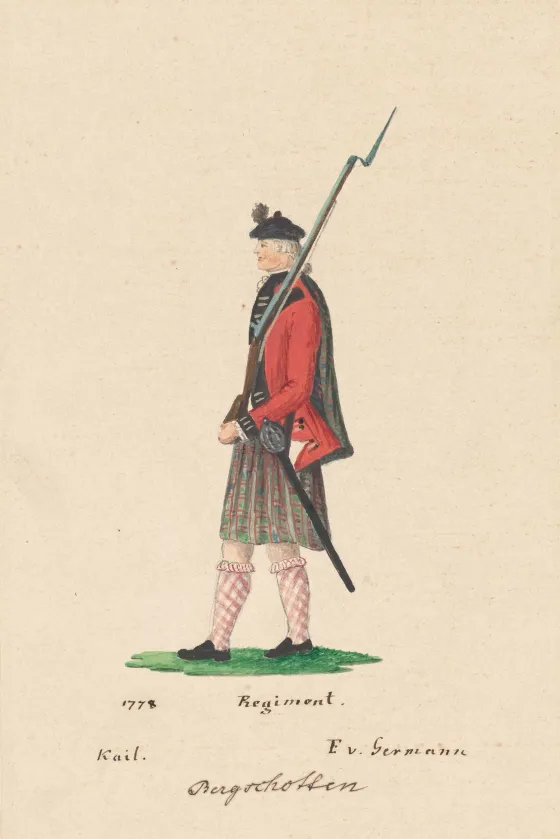
Some of the most notable Highland regiments to serve during the Revolution were the 71st Regiment of Foot (aka Fraser’s Highlanders), the 84th Regiment of Foot (aka the Royal Highland Emigrants) and the 42nd Regiment of Foot (aka the Black Watch). These regiments could be found in all theaters of the war.
DID YOU KNOW? At a recent archaeological discovery of 14 Revolutionary War soldiers at the Camden Battlefield (S.C.), one body was determined to be from the 71st Regiment of Foot. The Fraser’s Highlander was found with 22 uniform buttons with a decorative border and the numbers 7-1, carefully and respectfully buried, face up with his arms across his chest.
From Culloden to the Americas, Scots forged many paths.
Following the 1746 Battle of Culloden, the bitter conclusion of the Jacobite Rebellion that sought to replace George II with his Scottish (and Catholic) kin of the Stuart line, a wave of exiled Highland Scots came to the Americas, settling in such places as the upper Cape Fear River area of North Carolina. But the larger wave of migration to the American colonies began in the 1760s and lasted up till the beginning of the Revolution, as British policy sought to rid of clan culture.
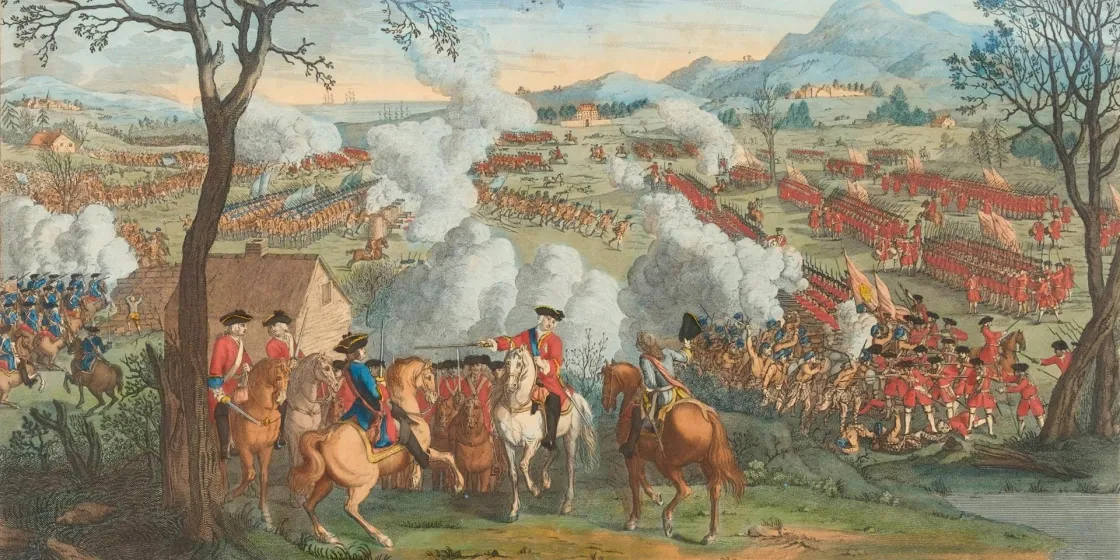
After serving as an assistant surgeon in the Jacobite army and following the British-won Battle of Culloden, Hugh Mercer spent months in hiding before becoming part of that first wave. He fought for the British during the French & Indian War and later settled in Virginia where he found a home and comradery amongst his fellow colonists. He became a respected member of the Fredericksburg community and a member of the same Masonic Lodge that George Washington was part of. So, when the Revolution reared its head, Mercer joined those he had come to know so dearly in the cause for independence, eventually giving his life at the Battle of Princeton.
Donald MacDonald, meanwhile, was a former Jacobite and Culloden veteran who took up arms for the British. Initially coming to America to fight in the French & Indian War, MacDonald was later drawn to the Scottish communities of North Carolina. Loyal to the Crown, he fought at the Battle of Bunker Hill and was dispatched to recruit American Highlanders to take up arms with the king. Following his disastrous loss at Moores Creek Bridge (N.C.), he was taken as a prisoner of war, eventually exchanged, and made his way back across the pond.
These stories could go on and on, taking you to Revolutionary War battlefields far and wide. But alas, this iteration of Head-Kilting History must bid you “mar sin leat.”
